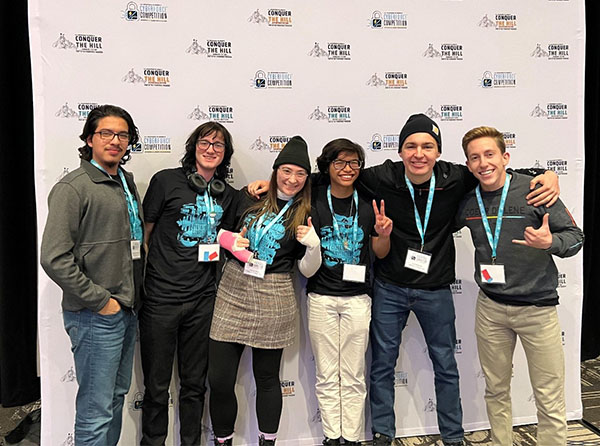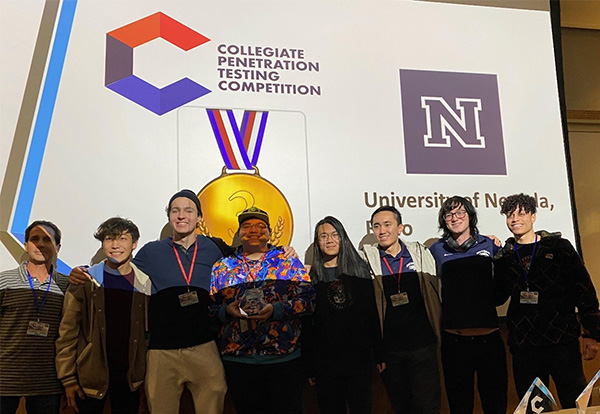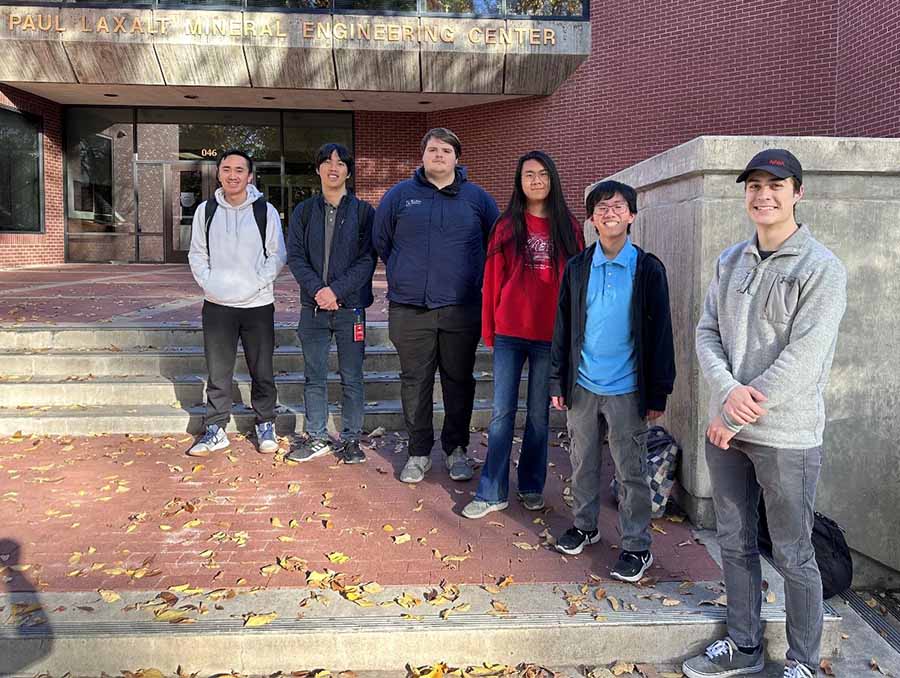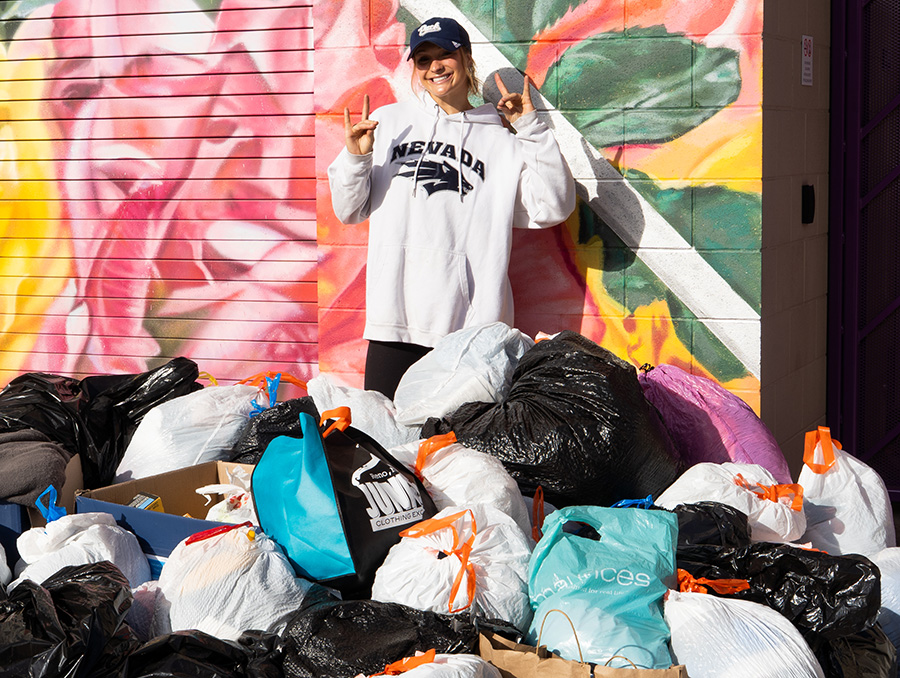Nevada Cyber Club competition teams had a busy fall, ranking in the top five at the National Cyber League contest, participating in the Energy CyberForce Competition and competing for the first time in the Collegiate Penetration Testing Competition.
The club’s objective is to teach cyber skills that will help its members secure jobs in cybersecurity or other cyber fields upon graduation. Following is a roundup of the club’s fall competitions:
National Cyber League
Twenty-five club members took part in the National Cyber League (NCL) competitions in late October and early November. National Cyber League offers a virtual, capture the flag-style competitions in which students are challenged to find and exploit vulnerabilities in the system to capture a “flag,” or piece of information.
At the NCL competitions this fall, students solved challenges in nine different cybersecurity topics. Computer Science & Engineering (CSE) student Lloyd Gonzales finished first out of 7,879 students in the standard category. In addition, CSE student Kameron Bettridge finished third out of 581 students in the “experienced” category, the category for students who have considerable competition experience or work experience in cybersecurity. The club also scored well in the team competition, and ranked fifth in the country in the NCL Power Rankings for experienced students.
CyberForce Competition
Organized by the U.S. Department of Energy, the CyberForce Competition Nov. 3-4 was a national, live, “blue team” or cyber defense competition.

Built around critical infrastructure scenarios, teams work with a virtual cyber-physical infrastructure that includes lifelike anomalies and constraints as well as actual users of the systems.
“CyberForce was an amazing opportunity to practice ‘blue team’ skills in a real-world environment,” CSE student Marissa Floam said. “It simulated an energy company’s infrastructure being attacked in real-time after our team spent hours hardening their systems, and also had a focus on anomalies, which are similar to classic capture-the-flag competition questions.”
Mentored by graduate student Mackenzie Zappe, the team finished 55 out of 95 teams and hopes to build on its experience for a stronger finish next year.
Collegiate Penetration Testing Competition — West
Collegiate Penetration Testing Competition (CPTC) — West, a regional “red team” or offensive security competition, took place Nov. 11-12.

This fall was the first time the club qualified for the competition, which involved testing a virtual environment based on a fictional airport. Teams were tasked with identifying vulnerabilities in the system and reporting them to airport officials.
Bettridge, who placed in the NCL competition, served as the team captain, prepping the group by organizing weekly training activities and assignments. That strategy proved effective: the team finished third out of the 11 top teams that qualified for the live competition.
“I think this competition is a really good experience to help us see what real pen (penetration) testing is like in the real world,” CSU student Jasmine Huang said, “and it’s nice that they also prepared scenarios that simulate what the correct course of action would be when something goes wrong.”














